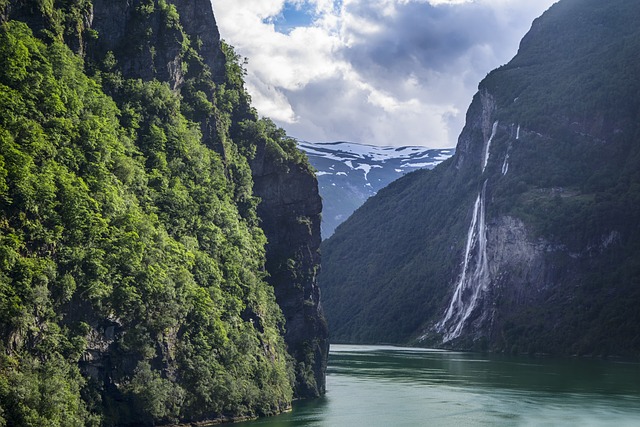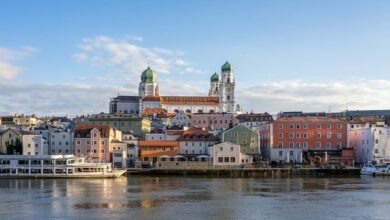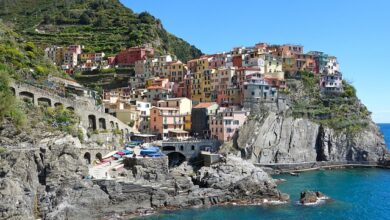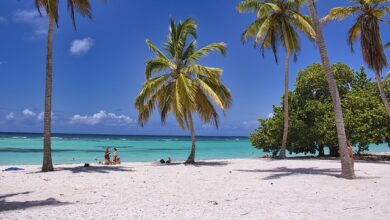How to Plan a Luxury Cultural Tour

A luxury cultural tour is more than just a vacation—it’s an immersive experience that combines opulence, exclusivity, and deep engagement with the history, traditions, and artistry of a destination. Whether you’re exploring ancient ruins in Greece, attending a private opera performance in Vienna, or savoring Michelin-starred cuisine in Kyoto, planning such a trip requires careful thought and attention to detail. In this guide, we’ll walk you through the steps to design a memorable and luxurious cultural journey.
1. Define Your Vision and Goals
Before diving into logistics, clarify what you want from your cultural tour. This will shape every aspect of your itinerary.
Questions to Ask Yourself:
- What cultures or regions fascinate you? (e.g., European Renaissance art, Asian spirituality, African tribal heritage)
- Do you prefer historical landmarks, artistic experiences, culinary adventures, or a mix?
- How much time do you have for the trip?
- Are there specific activities or events you’d like to include? (e.g., festivals, exhibitions, performances)
Example: If you’re passionate about classical music, your tour might focus on cities like Salzburg, Prague, and Milan, with visits to concert halls, museums, and exclusive backstage tours.
2. Choose Your Destination(s)
Select destinations that align with your interests while offering opportunities for luxury experiences.
Factors to Consider:
- Cultural Richness: Look for places known for their unique traditions, architecture, cuisine, or arts.
- Accessibility: Ensure the locations are safe, easy to reach, and well-connected by high-end transportation options.
- Seasonality: Time your visit to coincide with cultural festivals, seasonal beauty, or favorable weather.
Luxury Hotspots for Cultural Exploration:
- Italy: Rome for ancient history, Florence for Renaissance art, Venice for its romantic canals.
- Japan: Kyoto for traditional tea ceremonies and temples, Tokyo for cutting-edge culture.
- India: Rajasthan for palaces and forts, Varanasi for spiritual immersion.
- Peru: Cusco and Machu Picchu for Incan history combined with luxury lodges.
3. Partner with a Luxury Travel Specialist
Working with a travel advisor who specializes in bespoke luxury trips can elevate your experience significantly. These experts have insider knowledge, access to exclusive venues, and connections with top-tier suppliers.
What They Can Offer:
- Curated itineraries tailored to your preferences.
- Private guides and translators fluent in local languages and customs.
- Access to VIP experiences, such as after-hours museum visits or private concerts.
- Seamless coordination of flights, accommodations, and ground transportation.
Tip: Look for advisors affiliated with organizations like Virtuoso or The Travel Corporation for credibility.
4. Book High-End Accommodations
Your choice of lodging sets the tone for your entire trip. Opt for properties that reflect the local culture while providing unparalleled comfort and service.
Options to Consider:
- Boutique Hotels: Unique stays that blend modern luxury with regional charm.
- Heritage Properties: Historic mansions, castles, or haciendas converted into hotels.
- Luxury Resorts: All-inclusive retreats with world-class amenities and personalized services.
- Private Villas: Ideal for groups or families seeking privacy and customization.
Examples:
- Stay at Aman Tokyo for minimalist elegance infused with Japanese design.
- Experience Belmond Hotel Caruso in Ravello, Italy, perched above the Amalfi Coast.
- Book a villa in Tuscany complete with a personal chef and wine tastings.
5. Craft an Exclusive Itinerary
The hallmark of a luxury cultural tour is its ability to provide rare and enriching experiences. Focus on creating a balanced schedule that allows for both structured activities and downtime.
Inclusions for a Luxury Cultural Tour:
- Guided Tours: Hire expert historians, archaeologists, or artists to lead private excursions.
- Exclusive Events: Attend gala dinners, opera performances, or private gallery openings.
- Hands-On Experiences: Participate in workshops like pottery-making in Oaxaca, calligraphy in Kyoto, or cooking classes in Provence.
- Nature and Adventure: Combine cultural exploration with luxury outdoor activities, such as hot air ballooning over Cappadocia or safari drives in Botswana.
Pro Tip: Leave room for spontaneity—sometimes the best moments arise unplanned.
6. Arrange Premium Transportation
Luxury extends beyond accommodations and activities; how you travel between destinations matters too.
Transportation Options:
- Private Jets/Charters: For long-distance travel, consider chartering a private jet for convenience and exclusivity.
- First-Class Flights: Enjoy premium seating, gourmet meals, and priority boarding.
- Chauffeur Services: Arrive in style with a dedicated driver familiar with the area.
- Yachts and Trains: Explore coastal areas by yacht or traverse scenic routes aboard luxury trains like the Orient Express.
Example: Travel across Switzerland on the Glacier Express train, enjoying panoramic views and five-star catering.
7. Prioritize Fine Dining and Local Cuisine
Food is an integral part of any cultural experience. Incorporate meals at renowned restaurants alongside authentic local eateries to get a full taste of the destination.
How to Elevate Your Culinary Journey:
- Reserve tables at Michelin-starred restaurants or establishments helmed by celebrity chefs.
- Sample street food or home-cooked meals prepared by locals for an authentic touch.
- Organize wine tastings, cheese pairings, or coffee ceremonies tied to the region’s specialties.
Example: In France, dine at Alain Ducasse au Plaza Athénée in Paris, then enjoy a rustic Provençal feast in a countryside bistro.
8. Pack Thoughtfully for Comfort and Style
Packing appropriately ensures you’re prepared for various activities while maintaining a polished appearance.
Essentials for a Luxury Cultural Tour:
- Smart casual attire for daytime explorations.
- Formal wear for evening events or fine dining.
- Comfortable walking shoes for sightseeing.
- Accessories suited to the climate (e.g., scarves for temples, hats for sun protection).
Tip: Use packing cubes and garment bags to keep items organized and wrinkle-free.
9. Factor in Wellness and Relaxation
Even the most culturally rich trips require moments of relaxation to recharge.
Wellness Additions:
- Spa treatments inspired by local traditions (e.g., Balinese massages, Turkish hammams).
- Yoga sessions overlooking iconic landscapes.
- Leisurely days spent lounging by infinity pools or private beaches.
Example: After touring Angkor Wat, unwind with a rejuvenating spa day at a luxury resort in Siem Reap.
10. Document and Share Your Experience
Capture memories of your journey in creative ways, whether for personal reflection or sharing with others.
Ideas for Documentation:
- Hire a professional photographer for portraits or candid shots during key moments.
- Keep a travel journal detailing your impressions and discoveries.
- Create a digital scrapbook using apps like Canva or Adobe Spark.
Bonus: Share highlights on social media or host a dinner party upon returning to relive the adventure with friends and family.




